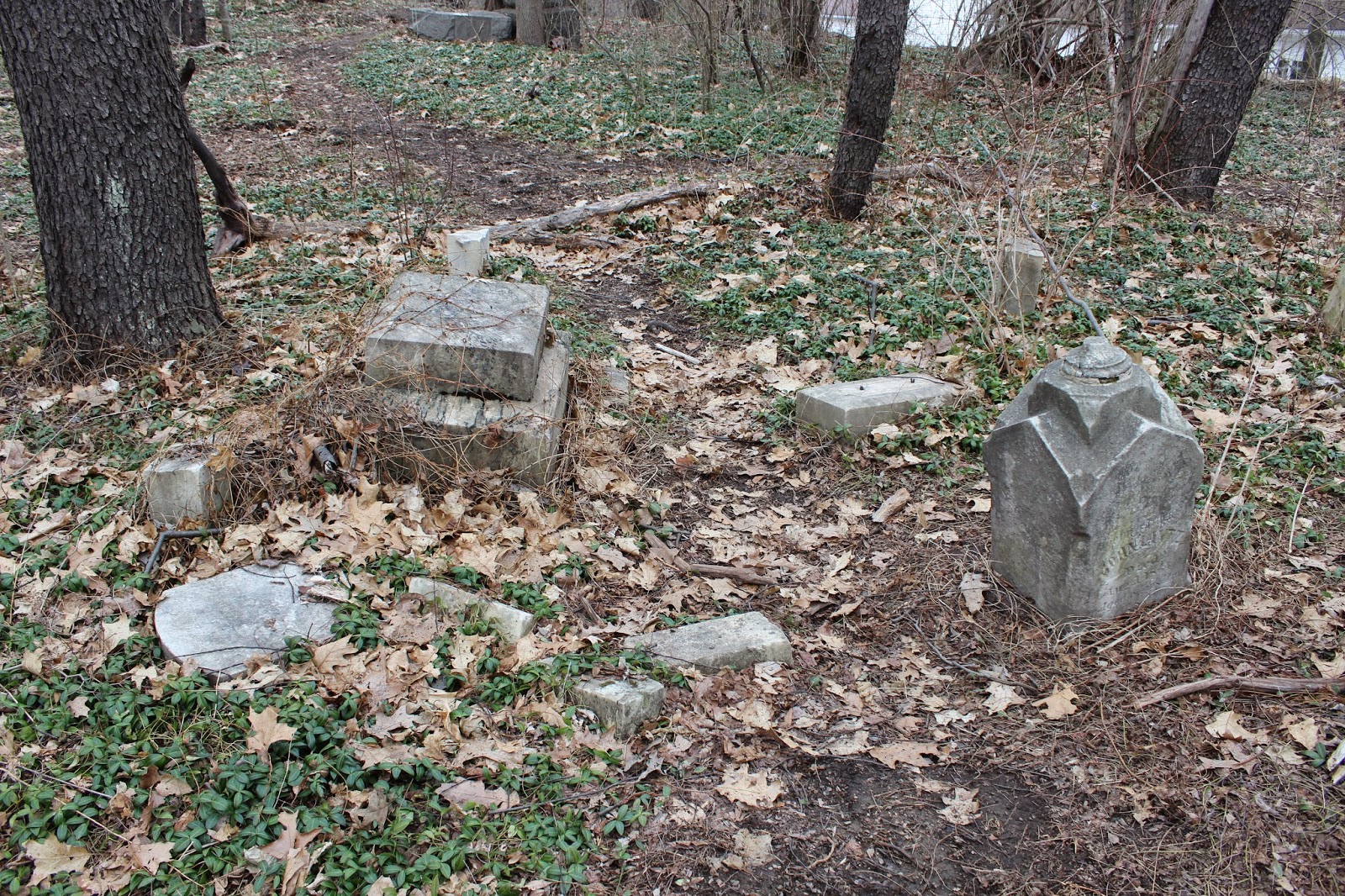 |
| Eutaw House |
Near State College Pennsylvania,
there is a former restaurant with a lot of history behind it called the Eutaw
House. The Eutaw House has been in existence for over two centuries. General
James Potter, who was notably an aide to George Washington during the American
Revolution, originally owned the ground where the building sits today. After
Gen. Potter’s death, his children built a log cabin on his property. Later the
log cabin would become the Eutaw House and go through a few more renovations.
During its early years, the house served as a major inn for early pioneers and
travelers. The house was named after the local Eutaw Indian tribe.
As anyone
could imagine with the Eutaw House being around for a few centuries, it has
gathered some ghost stories through the years. Ghostly shapes have been seen in
mirrors throughout the building. In the kitchen and restaurant, trays and
plates have been known to flip over or fall off tables. Patrons and employees
have seen apparitions and shadows move in the hallways and rooms. One story
tells of a prisoner being shot or hung in the attic during the 1800s and a
different story says that it was a tree at the corner of the property. During
one of the early Indian raids on the Eutaw house, one Indian is said to have
been hung on the large old tree. Hearing a rope “thud” or creaking noise has
been reported near the tree to this day.
Even with
all the ghostly happenings at the Eutaw House, its most interesting story is
the speculation that Edgar Allen Poe had once stayed the night at the Inn. Some
early folklorists have written that Edgar Allen Poe had once visited the Centre
County area and was even inspired to write a few stories such as the Raven
during his travels through Central Pennsylvania. The only evidence that leads
some credibility is the initial “EAP” that are carved into one of the oldest
tables in the Eutaw House. Historians today doubt the legend of Poe’s journey
to Centre County, but it makes for a good story nonetheless.
As for now the Eutaw House remains
vacant without any intention to remodel or reopen. This landmark sits in
Potters Mills at the intersection of Route 322 and Route 144. The house is
still privately owned so please do not trespass.




















































